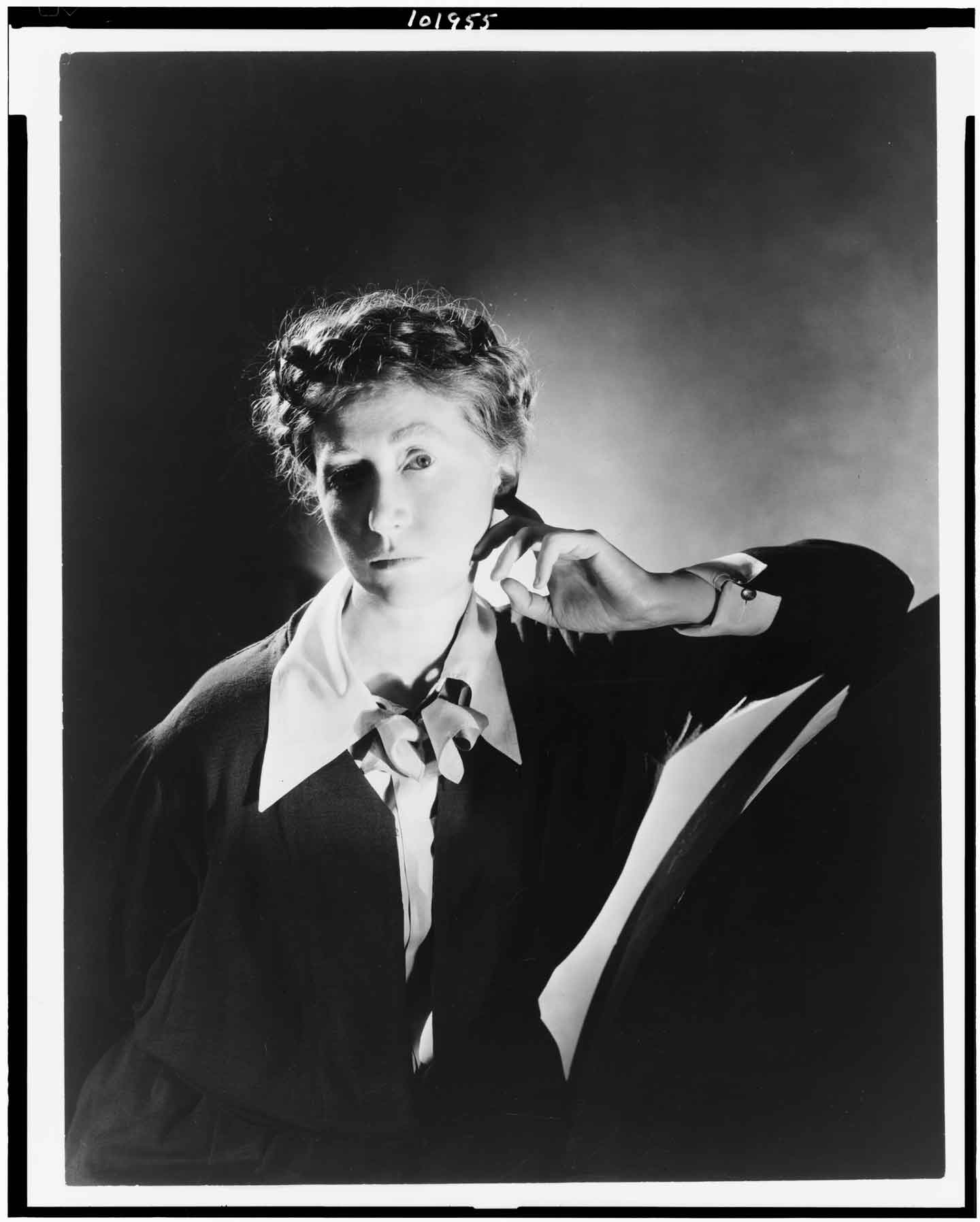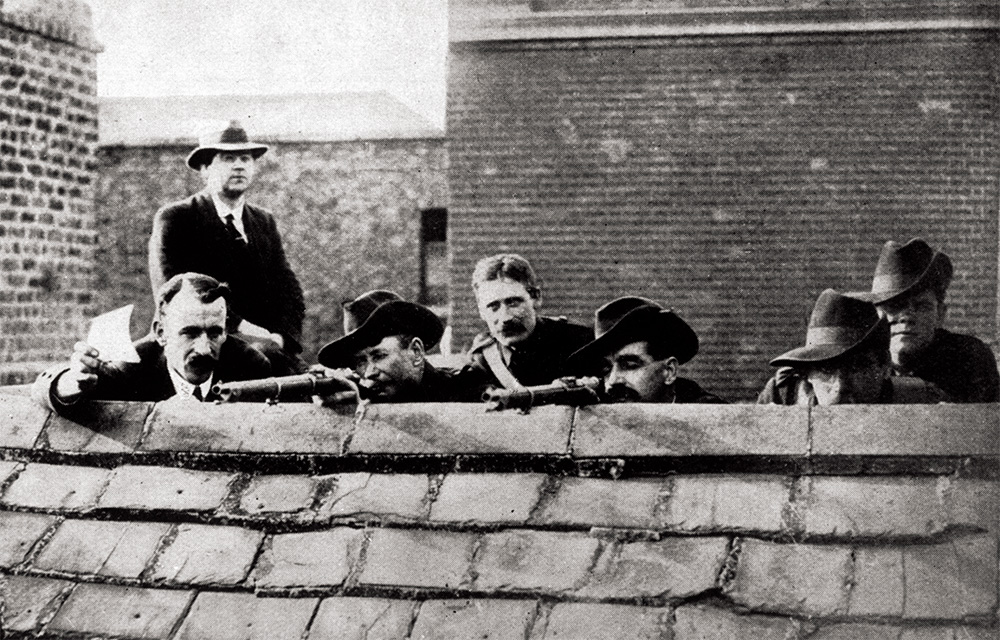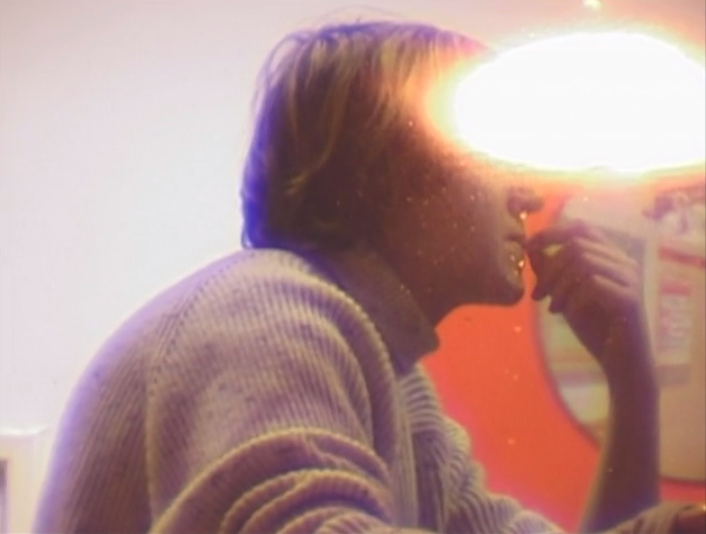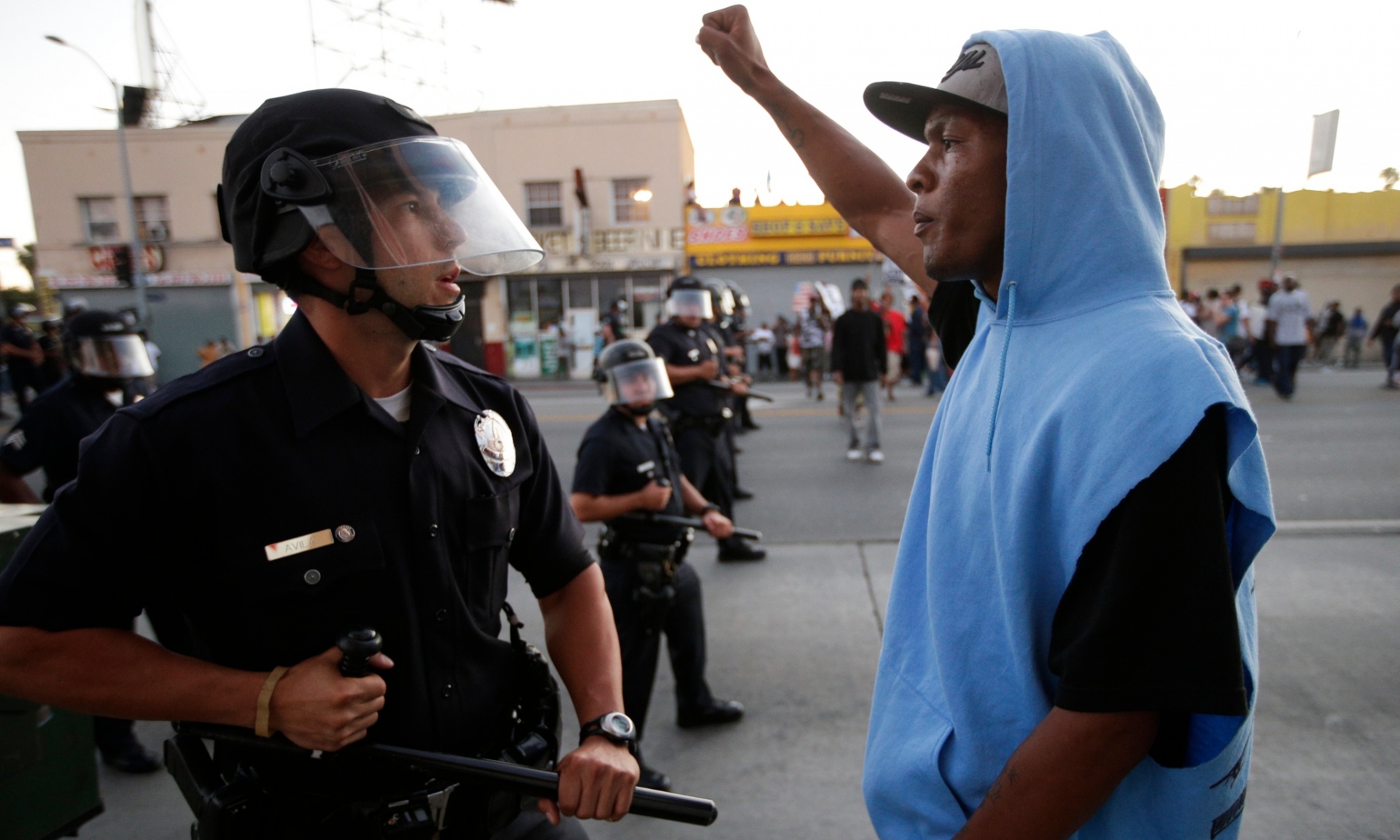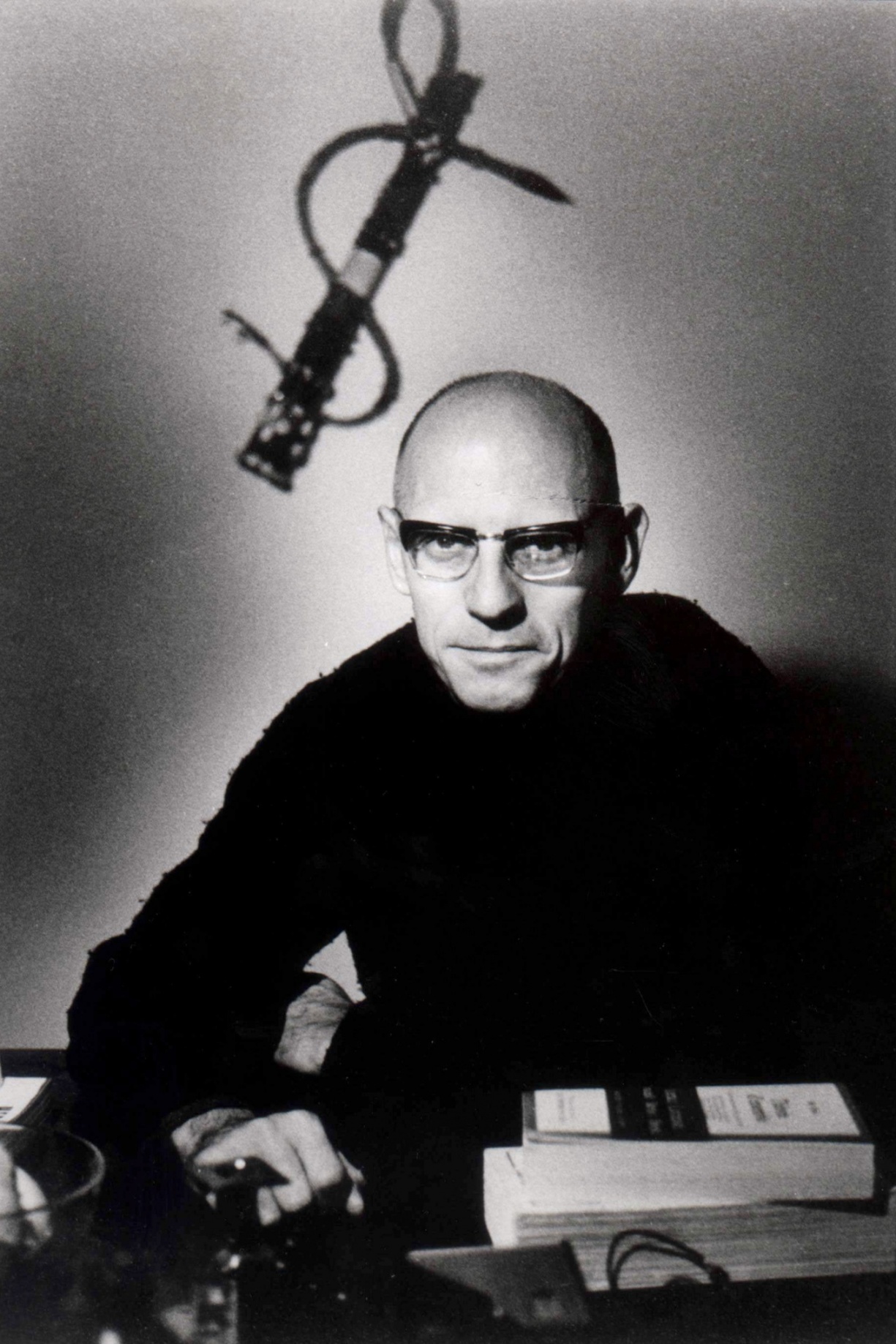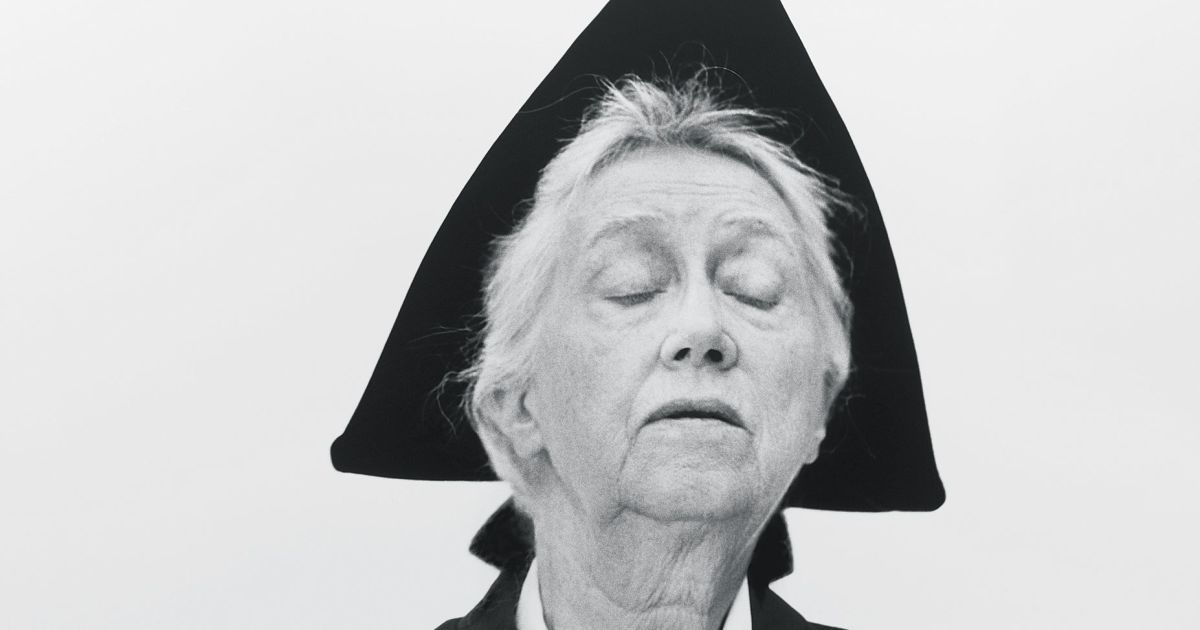Henry James’s novel The Princess Casamassima, which dramatises the world of stray revolutionaries in London in the 1880s, depends on energy coming from opposites. The novel’s protagonist, Hyacinth Robinson, appreciates beauty and feels excluded from the world of privilege around him. He lives an interior life. ‘He would,’ as James wrote in his preface, ‘become most acquainted with destiny in the form of a lively inward revolution.’ For any action to take place, the novel needs another force, which emerges as the more determined and unconflicted figure of Paul Muniment, who is all outwardness, decisiveness and manliness, with politics that are focused, thought-out, physical, set against Robinson’s ambiguous sexual and social presence. But drama in the novel can only occur when Hyacinth’s bookishness, his soul and his soft feeling, have been lured into the orbit of cold steel and hard strategy. The novel’s energy is released when these opposites cease to move against each other, or cease even to run in tandem, but merge, to become aspects of a single burning emotion.
In a letter to his old Boston friend Grace Norton the year he published The Princess Casamassima, James made clear his deep dislike for Ireland, the country of his grandparents. Ireland, he felt, could injure
England less with [Home Rule] than she does without it … She seems to me an example of a country more emancipated from every bond, not only of despotism but of ordinary law, than any so-called civilised country was before – a country revelling in odious forms of irresponsibility & licence. And surely, how can one speak of the Irish as a ‘great people’? I see no greatness, nor any kind of superiority in them, & they seem to me an inferior and 3rd rate race, whose virtues are of the cheapest and shallowest order, while their vices are peculiarly cowardly and ferocious. They have been abominably treated in the past – but their wrongs appear, to me, in our time, to have occupied the conscience of England only too much to the exclusion of other things.
Two years later, in 1888, he wrote to Norton again: ‘Here there is nothing but Ireland, & the animosities & separations it engenders – accursed isle! Literature, art, conversation, society – everything lies dead beneath its black shadow.’
In order to write the third chapter of the novel, in which the young Hyacinth Robinson is taken to visit his French mother, who is serving a life sentence for his father’s murder, James visited Millbank Prison by the Thames: ‘a worse act of violence’, he called it, ‘than any it was erected to punish’. Hyacinth is accompanied by the dressmaker who has been looking after him. ‘If the place,’ James wrote, ‘had seemed cruel to the poor little dressmaker outside, it may be believed that it did not strike her as an abode of mercy while she pursued her devious way into the circular shafts of cells … there were walls within walls and galleries on top of galleries; even the daylight lost its colour.’
Millbank Prison had played an important role in creating the atmosphere of terror in London that James dramatised in his novel. In 1867, Jeremiah O’Donovan Rossa, a member of the Irish Republican Brotherhood (IRB), also known as the Fenians, who was serving a life sentence for treason, was moved to Millbank. According to his biographer Shane Kenna, he was regarded as the institution’s most troublesome prisoner; news of the punishments he received for petty infringements of the rules became an important part of Fenian propaganda over the next few years. Two different inquiries took place into the conditions in which he and his fellow prisoners were being held. After the second, it was decided to release the prisoners on condition that they did not return to Ireland. Thus, in January 1871, O’Donovan Rossa arrived in New York; he was greeted as a hero.
Among the friends he made in America was Patrick Ford, the editor of the Irish World, a newspaper with a circulation of 125,000. In 1876, Ford and O’Donovan Rossa set up what they called ‘a skirmishing fund’ to assist in the planning and carrying out of a bombing campaign in Britain. ‘Language, skin-colour, dress, general manners,’ Ford wrote, ‘are all in favour of the Irish.’ Ford and O’Donovan Rossa were aware of Alfred Nobel’s dynamite compound, invented in 1867. ‘Dynamite,’ as Sarah Cole wrote in her book At the Violet Hour (2012),
held highly idealised associations. It offered new vistas of power, not solely for its potential to wreak destruction but also for its ability to terrify a wide public. The connotations of dynamite for radical politics are hard to overstate. It was the ultimate weapon of one against the many, of any individual with only a smattering of training … the dynamite bomb seemed tiny in proportion to its capacity to do harm; it could fit easily into a small bag or even a pocket.
Using the pages of the Irish World, Ford and O’Donovan Rossa collected more than $20,000 within a year. Even those among the nationalist Irish-American groups who supported the idea of a bombing campaign in Britain viewed with dismay the lack of restraint and caution in O’Donovan Rossa’s violent rhetoric. John Devoy, one of the leaders of Clan na Gael, the main Irish nationalist organisation in America, believed, as Kenna writes, that O’Donovan Rossa ‘had given the British ample warning of his plans through a desire for notoriety and theatricality, thus jeopardising any future or current Fenian initiative’.
O’Donovan Rossa was defiant. ‘I am not talking to the milk and water people,’ he wrote in the Irish World,
I am talking to those who mean fight, who mean war and who know what war is. When an enslaved nation can produce men who are brave and daring enough to risk life and to face death for the mere glory of showing that the national spirit still lives, that nation is not dead and those men should be encouraged instead of repressed.
As the arguments within Irish-America became more heated, O’Donovan Rossa began drinking heavily. ‘He is now so bad that I fear the only way to save him is to put him under restraint,’ Devoy remarked, having discovered that O’Donovan Rossa had misappropriated funds. Even when sober, O’Donovan Rossa made himself into a nuisance for Devoy and his colleagues in the United States who were seeking to make an alliance, known as the New Departure, with Parnell and the Irish Parliamentary Party in Ireland. Threatening to dynamite Britain would not be helpful in the effort to create a united movement within Irish nationalism.
Increasingly determined, bombastic and indiscreet, O’Donovan Rossa matched his incendiary rhetoric with action. In January 1881 his followers exploded a bomb in Salford, the first time a bomb had been planted in Britain to further a political cause. The bomb destroyed some shops, injured a woman and killed a seven-year-old boy. The British authorities, who began to monitor O’Donovan Rossa’s activities in the United States, observed that he had the ruthlessness of a dangerous conspirator without any of the guile. Micheal Davitt, the leader of the Land League in Ireland, referred to him as ‘O’Donovan Assa’ and called him ‘the buffoon in Irish revolutionary politics with no advantage to himself but with terrible consequences to the many poor wretches who acted the Sancho Panza to his more than idiotic Don Quixote’. Slowly and without much difficulty, the British infiltrated his organisation. Nonetheless, the movement to bomb Britain continued sporadically over the next few years. Its culmination was Dynamite Saturday in January 1885, noted by James in another letter to Norton: ‘The country is gloomy, anxious, and London reflects its gloom. Westminster Hall and the Tower were half blown up two days ago by Irish Dynamiters.’
Eighteen months earlier, a young Irishman recently returned from America, Thomas J. Clarke, one of O’Donovan Rossa’s Sancho Panzas, had been arrested in London. Using evidence of an elaborate bomb factory in Birmingham, the Crown charged him and other followers of O’Donovan Rossa with treason. (The plan, it seems, had been to blow up the Houses of Parliament.) Sentenced to life imprisonment, he would eventually become what Ruth Dudley Edwards described as ‘the spider at the centre of the conspiratorial web’ that would lead to the 1916 Rebellion in Dublin more than thirty years later. He was, in her words, ‘able, vengeful, focused, selfless and implacable’.
Clarke’s time in prison – he began his sentence at Millbank in 1883, a year before James made his visit there – would include much severe hardship, including periods of solitary confinement. Serving a lengthy prison sentence in English jails would give him the sort of mystique that arose from having sacrificed much for Ireland and survived. It would place him in the long tradition of Irish martyrs and put him in a position of leadership in Dublin once the time came. In prison, he managed to connect with colleagues and allies. Though forbidden to speak, the prisoners found ways to circumvent the rules. Like many Irish revolutionaries of the 19th century, including O’Donovan Rossa, Clarke would produce a volume of prison memoirs, in which he described ‘the dismal, dark side, [so] full of wretchedness and misery that even now I cannot think of [it] without shuddering, and, strange as it may seem, the bright side too, the side which I can look back upon now with some degree of pleasure and pride’. That pleasure and pride included a sense of companionship and a sort of arrogance in dealing with regulations and with the prison authorities.
As with O’Donovan Rossa during his incarceration, a campaign began to publicise the sufferings and ill-treatment of Irish prisoners, including Clarke, in British jails. By 1890, the Amnesty Association had 200,000 members. Slowly, the campaign became more vocal and broadly based. One of Clarke’s prison companions ran for election and became an MP, only to be disqualified as a felon. Pressure on the government to release the prisoners continued until in 1898 Clarke was released.
He was 41. His years in prison had led him to see that spies and informers as well as careless planning had done great damage to a movement whose aims he now planned to further with determination and single-mindedness. He returned to Ireland, spoke at a few gatherings in his honour and fell in love with Kathleen Daly, the 20-year-old niece of one of his comrades. Soon he went to New York, where he continued to conspire against British rule in Ireland. Kathleen followed him and they got married. Having come from a large and noisy family, she found that she was living ‘with a very silent man. Those terrible years developed the habit of repressing every sign of emotion and made him suspicious of every stranger.’
Clarke didn’t find work easily in New York. He started as a street sweeper; at least in prison he hadn’t had to beg for work, he told his wife. He was rescued by John Devoy, who was now setting up a newspaper; he made Clarke his assistant and the paper’s general manager. Clarke was effective and self-effacing. He was in a good position to assess the new generation of Irish revolutionaries who came to New York. In 1907, he concluded that it was time for him to return to Ireland. The police noted the arrival of the ‘ex-convict and dynamiter’ while Clarke, in turn, noted a new energy in the movement for Irish independence, which now included Sinn Féin, the political party founded in November 1905 and dedicated to the cause of Irish self-reliance. ‘The young fellows … who take the lead in the Sinn Féin movement impressed me very much by their earnestness and ability,’ he told Devoy’s latest assistant. ‘I am delighted to find them away above what I expected.’
In the year Clarke returned to Ireland, a book called Sidelights on the Home Rule Movement, by Sir Robert Anderson, a police commissioner, was published – it helped inspire Conrad’s novel The Secret Agent. The relevant passage was an account of a conversation between Gladstone’s home secretary, Sir William Harcourt, and a police chief. While Clarke was being moved from prison to prison, Harcourt had refused to countenance the idea that he and the others were political prisoners and insisted that they be treated as common felons. (Harcourt generally took a firm line on Irish terrorism, for example putting on the statute books the Explosive Substances Act of 1883, which stipulated a sentence of life imprisonment for anyone involved in making or intending to use explosives, whether the explosives went off or not.) The conversation that inspired Conrad centred on the Fenian bombing campaign of the 1880s. ‘I won’t even try to explain,’ Conrad said in a note written in 1920,
why I should have been arrested by a little passage of about seven lines, in which the author … reproduced a short dialogue held in the lobby of the House of Commons after some unexpected anarchist outrage with the home secretary … And then ensued in my mind what a student of chemistry would best understand from the analogy of the addition of the tiniest little drop of the right kind, precipitating the process of crystallisation in a test tube containing some colourless solution.
As he thought about how to present the secret agent, Adolf Verloc, it occurred to Conrad to have him run a shop in Soho, ostensibly selling soft porn. This would allow strangers – mainly furtive-looking men – to enter and leave at will and information to be passed easily and secretly. The same idea occurred to Clarke when he came back to Dublin. This being Ireland, a shop selling soft porn, while also attracting potentially furtive-looking men, would have caused undue controversy and might indeed have attracted more public opprobrium than a centre for revolutionary activity, which Clarke, like Adolf Verloc, also wished his shop to be. Thus he decided to open a tobacco shop in Amiens Street, near the railway station. Men could come and go, all under the cover of purchasing tobacco.
[…]






